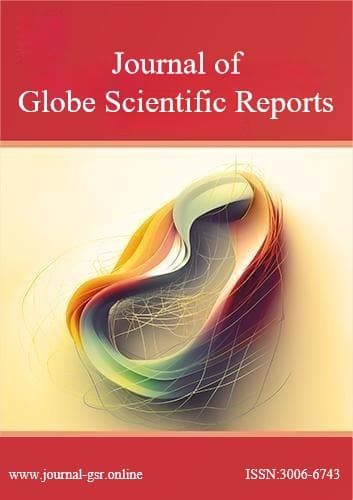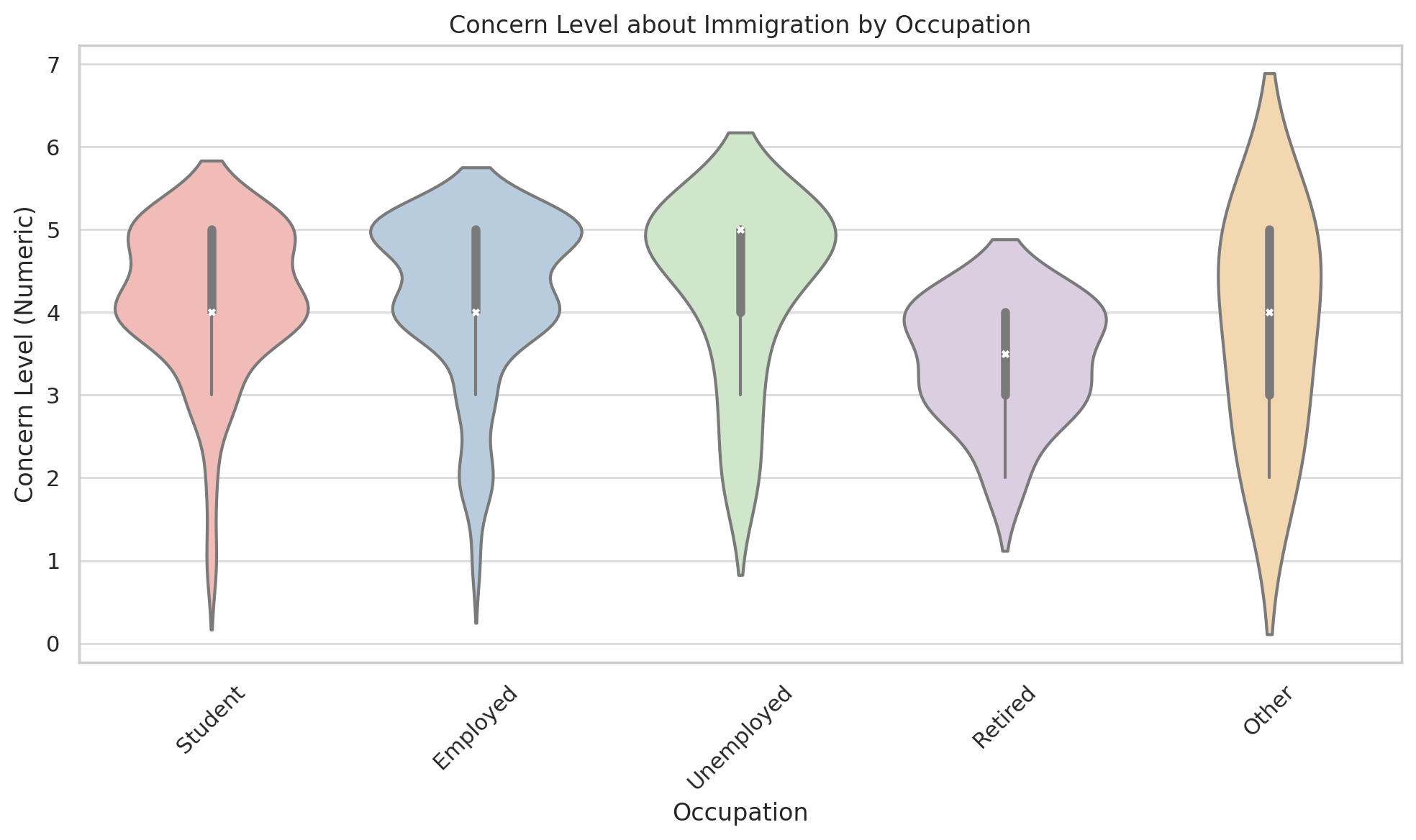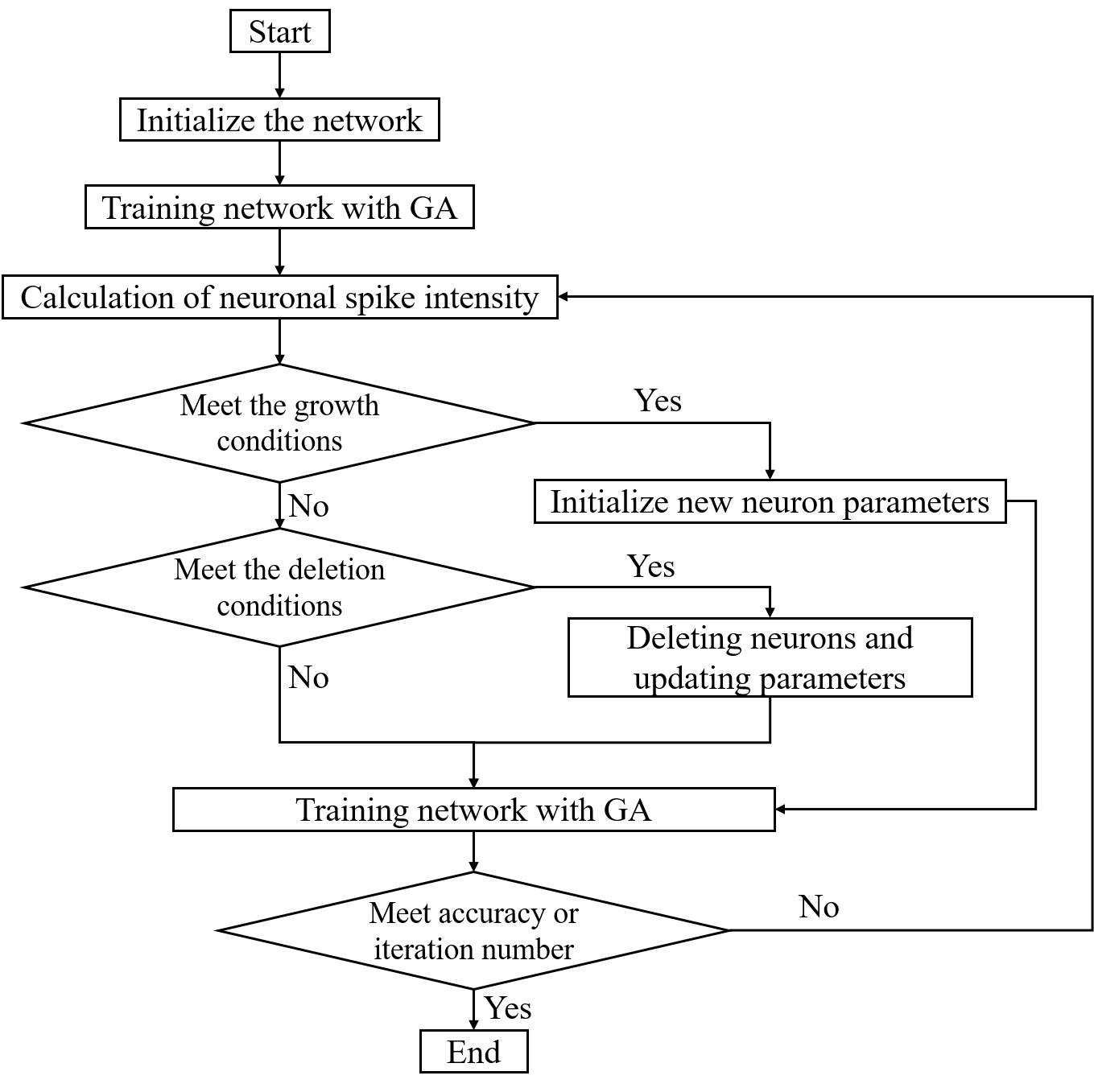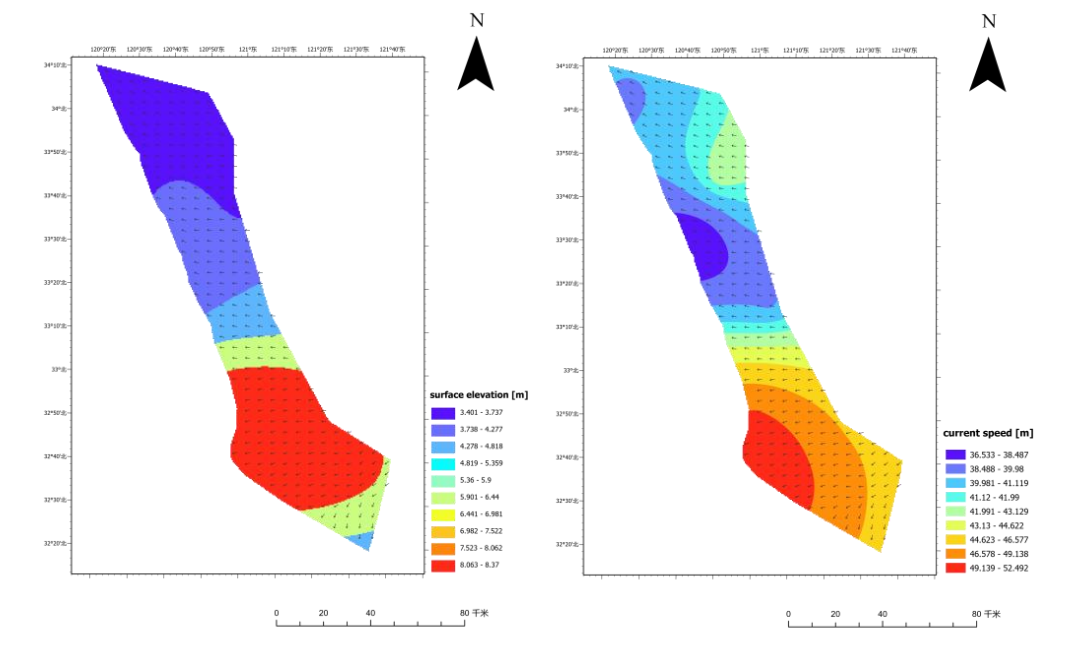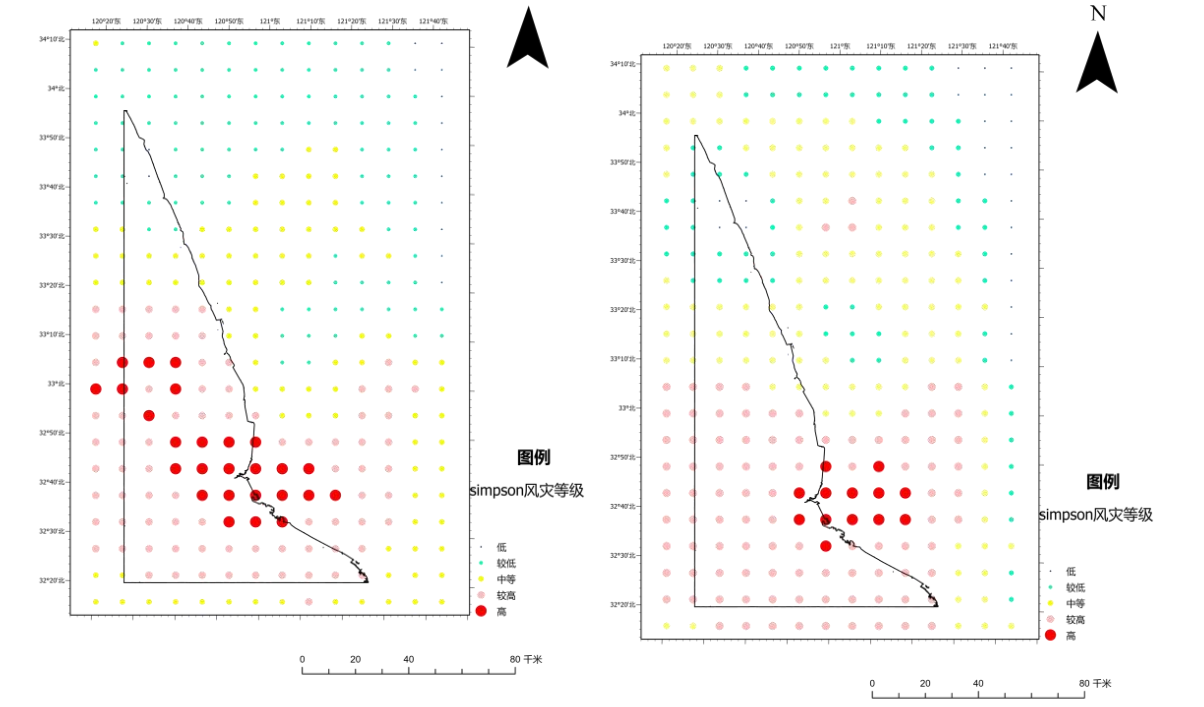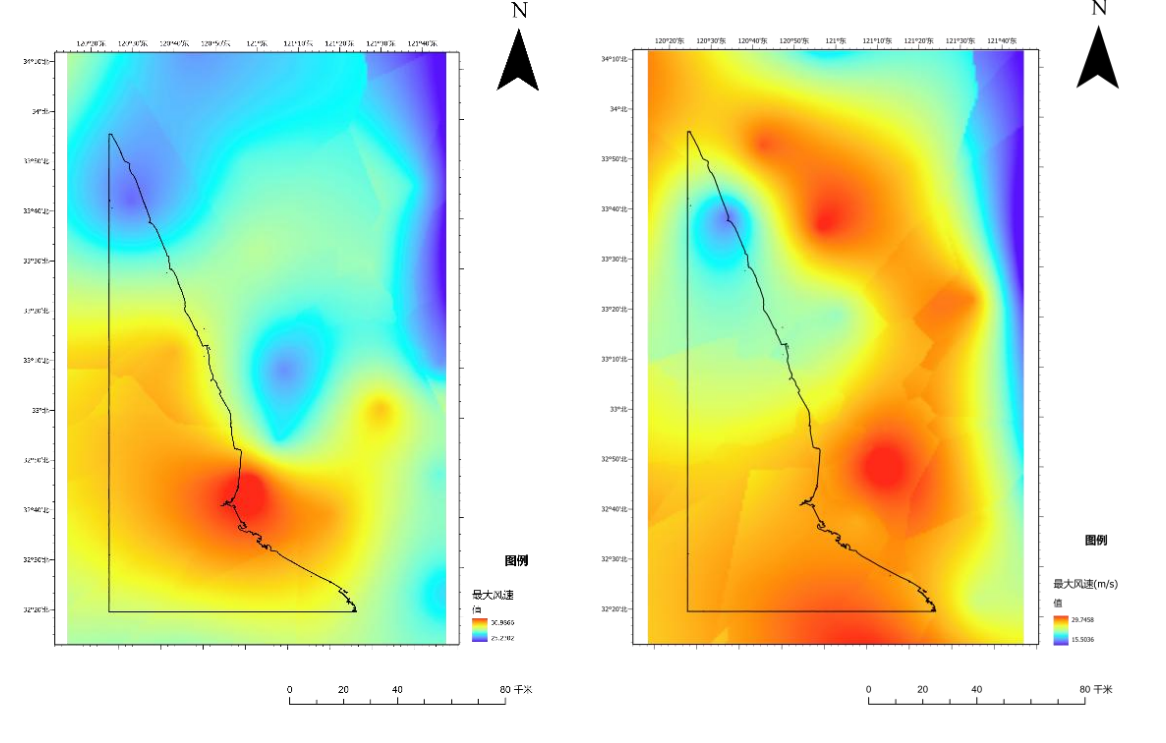 An open access journal
An open access journal
Multi-factor assessment study of topographic changes and wind risk in the shallows of North Jiangsu Province based on satellite remote sensing and hydrodynamic modeling
Abstract
The North Jiangsu Province (NJP) shoal is the largest shoal sea area along the East China Sea coast, and the study of its topographic change and its impact on storm surge wind risk is of great significance for the development of coastal zone resources, environmental protection, and disaster prevention. In this study, we analyzed the multifactorial assessment of topographic changes and wind risk in the shallow shoals of NJP using satellite remote sensing and hydrodynamic modeling, and calculated the Simpson's wind index for the shallow shoals of NJP using the Improved Waterline Method and other methods, taking the shallow shoals of NJP as the study area. The results show that the topography of the shallows in NJP exhibits obvious inter-annual, seasonal and inter-monthly variations, showing a tendency of gradual decrease from the near shore to the far shore in the longitudinal direction, and a tendency of gradual increase from the south to the north in the transverse direction, with the presence of some complex topographic features in localized areas. The Simpson's wind hazard index of the NJP shoal has obvious spatial and temporal differences and variations, in which the Simpson's wind hazard index in the southern and central parts of the NJP shoal is higher than that in the northern part of the NJP shoal, reflecting that the intensity of wind hazards and the degree of risk are higher in the southern and central parts of the NJP shoal than in the northern part of the North Jiangsu Shoal. Research shows that storm surge events are one of the main drivers of topographic change and wind risk, and that factors such as the intensity, frequency, duration, and path of the storm surge affect the magnitude and distribution of wind risk. This study can provide some scientific basis and reference opinions for the topographic changes and tidal flats storm risk management in the shallow flats of NJP.
Show Figures
Share and Cite
Article Metrics
References
- IPCC. Climate Change 2021: The Physical Science Basis [R], 2021.
- Xu, H., Gao, G., Yao, C., Deng, C., & Li, H. (2022). Wind Disaster Risk Under the Influence of Tropical Cyclones in the East China Sea and Its Adjacent Sea Areas. Advances in Marine Science, 40(1): 41-55 (in Chinese).
- Su, H., Yuan, L., Wang, M., Dong, G., & Fei, X. (2021). Characteristics and disaster analysis of tropical cyclones landing in China in 1949-2019. Journal of Applied Oceanography, 40(3): 382-387 (in Chinese).
- Zhou, C., Chen, P., Yang, S., Zheng, F., Yu, H., Tang, J., ... & Sun, J. (2022). The impact of Typhoon Lekima (2019) on East China: a postevent survey in Wenzhou city and Taizhou city. Frontiers of Earth Science, 16(1), 109-120.
- Done, J. M., PaiMazumder, D., Towler, E., & Kishtawal, C. M. (2018). Estimating impacts of North Atlantic tropical cyclones using an index of damage potential. Climatic Change, 146, 561-573.
- Wei, X. (2019). Temporal and spatial differentiation of Dynamic Evolution of Tidal Network in Central Jiangsu Coastal Areas Supported by Multisource Long-term Sequence Remote Sensing Images. Nanjing University (in Chinese).
- Yang, T., Yan, W., & Zhang, Y. (2017). Conversion study on multi-spectral information of remote sensing images GF-1 WFV, Landsat-8 OLI and Sentinel-2A MSI. Journal of East China Normal University (Natural Sciences), 6, 136-146 (in Chinese).
- Li, X., Chen, X., Gu, T., Li, M., & Xu, F. (2017). Comparison study of fusion methods of GF-1 PAN and Landsat8 multi-spectral images. Journal of Donghua University of Science and Technology (Natural Science), 140(04), 79-83 (in Chinese).
- Li, X., Zhu, J., & Sun, L. (2016). Application of WorldView-2 Imagery in Shallow Bathymetric Inversion of South China Sea Islands and Reefs. Remote Sensing Information, 031(005), 114-121 (in Chinese).
- Wang, J., & Liu, K. (2002). Some issues concerning the methodology for calculating depth datums for nautical charts. Hydroaphic Surveying And Charting, 022(004), 10-13 (in Chinese).
- Chou, J. S., & Tu, W. T. (2011). Failure analysis and risk management of a collapsed large wind turbine tower. Engineering Failure Analysis, 18(1), 295-313.
- Ishihara, T., Yamaguchi, A., Takahara, K., Mekaru, T., & Matsuura, S. (2005, September). An analysis of damaged wind turbines by typhoon Maemi in 2003. In Proceedings of the sixth asia-pacific conference on wind engineering (pp. 1413-1428).
- Li, J., Yu, Z., Li, X., Hu, F., Xu, L., & Zhang, J. (2020). Calculation of the Extreme Wind Speeds in Different Return Periods based on Georgiou Typhoon Model. Hydropower and new energy, 34(12), 1-7 (in Chinese).
- Ge, Y., Zhao, L., & Xiang, H. (2003). Review for numerical typhoon models based on extreme wind velocity prediction. Journal of Natural Disasters, 12(3), 31-40 (in Chinese).
- Li, K., Zhang, W., & Wang, J. (2017). Numerical simulation of tidal current and estimation of tidal current energy in Jiangsu coast. Hydro-science and engineering, 1, 111-117 (in Chinese).
- Zhang, L. (2016). The coastal erosion-deposition evolution and controlling factors of the abandoned Yellow River delta in northern Jiangsu province. East China Normal University (in Chinese).
- Peng, X., Xia, F., & Zhang, Y. (2014). Analysis of the dynamic changes of the coastline along the Abandoned Yellow River delta of Northern Jiangsu, China. MARINE SCIENCE BULLETIN, 6, 630-636 (in Chinese).
- Wei, X., Chen, J., & Zhou, Y. (2013). Analysis on flow field in nearby waterways after Tiaozini reclamation construction in Jiangsu Province. Yangtze River, 44(009), 79-83 (in Chinese).
- Zhu, Y., & Luo, X. (2015). Characteristics analysis of changes in scouring and silting volumes of south channel of Yangtze estuary. Hydro-science and engineering, 4, 28-36 (in Chinese).
- Xie, F. (2018). Research and application of water environment capacity of near-shore sea area in Jiangsu Province. Hohai University (in Chinese).
- Ren M. (1985). A study on sedimentation of tidal mud flats of China. Tropical oceanology, 2, 8-16 (in Chinese).
- Guo, Y., Hou, Y., & Qi, P. (2020). Typhoon wind numerical simulation and risk analysis for southeast coastal region of China. Marine Sciences, 44(4),1-12 (in Chinese).
- Jonkman, J. M., & Buhl, M. L. (2005). FAST user's guide (Vol. 365, p. 366). Golden, CO, USA: National Renewable Energy Laboratory.
- Sherman, P., Chen, X., & McElroy, M. (2020). Offshore wind: An opportunity for cost-competitive decarbonization of China’s energy economy. Science advances, 6(8), eaax9571.

